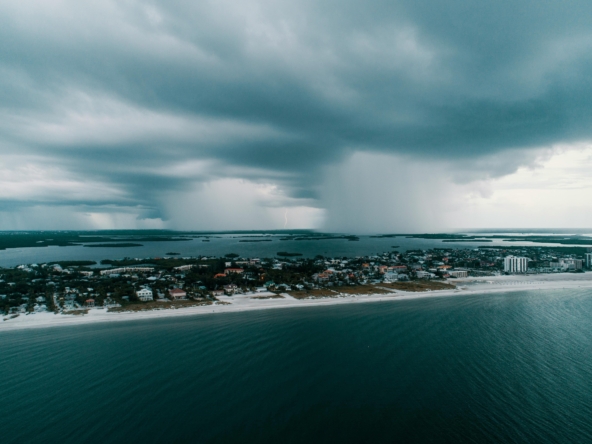One-quarter of homes for sale in Austin, Texas, (25.8 percent) have lower estimated monthly housing payments than they would have if they had been for sale a year ago, according to a new report from Redfin. That’s a higher share than any other major U.S. metro area and more than triple the nationwide share of 7.1 percent. Seattle is close behind, at 23.6 percent, followed by San Francisco (18.8 percent), New York (18.3 percent) and Pittsburgh (15.6 percent). The housing market started to slow last year in response to rising mortgage rates, bringing down home prices fastest in former Pandemic Boom Towns. While monthly payments on many for-sale homes remain higher than they would’ve been a year ago due to elevated mortgage rates, other homes have become more affordable because their value has dropped enough to offset the cost of a higher rate. This is welcome news for house hunters following months of relentless price increases. The median U.S. home-sale price fell 3.3 percent year-over-year in March, the biggest annual decline in more than a decade. That’s bringing back buyers in some markets. In Austin, home prices decreased 13.6 percent year-over-year in March—the second biggest decline in the country. Pending home sales in Austin were down 32.9 percent year-over-year in March, but that’s an improvement from a record decline of 45.6 percent in January. “We’re seeing a little more movement among homebuyers in Austin right now,” local Redfin Premier real estate agent Andrew Vallejo said in a release. “There’s this group of house hunters that has been waiting on the sidelines for prices to come down, and they’ve decided to start buying this spring. They’re taking their time though; mortgage rates are still volatile and they know they have some negotiating power.” Home prices are falling fastest in pandemic boomtowns like Austin and expensive coastal markets like Seattle and San Francisco because prices in those places skyrocketed to unsustainable levels in recent years.
Prices are now making their way back down to earth after many homebuyers were priced out. In Boise, Idaho, the median sale price fell 15.4 percent year-over-year in March—more than anywhere else in the U.S. In many places, home prices haven’t fallen enough to offset the cost from higher mortgage rates, meaning homeownership remains prohibitively expensive for many Americans. Mortgage rates are near their highest level in over two decades, which has sent the monthly payment for the typical homebuyer up more than $250 from a year ago. “The decline in home prices is good news for house hunters, but the irony is that it’s also limiting their options because it’s making a lot of homeowners hesitant to sell,” Redfin Economics Research Lead Chen Zhao said. “Elevated rates and declining prices are prompting many sellers to stay put, which is fueling a housing shortage that’s keeping prices from falling further.”
In many parts of the country, homesellers who bought during the pandemic are in an especially tricky situation because there’s a chance they’ll sell at a loss. Nationwide, 4.8 percent of homes that sold in March, sold for less than the buyer paid. While that’s relatively low, it’s more than double the 2.3 percent share a year earlier.
In Orlando, Fla., 1.2 percent of homes have lower estimated monthly housing payments than they would have a year ago—the lowest share among the metros analyzed. Next came Des Moines, Iowa (1.2 percent), Richmond, Va. (1.4 percent), Lakeland, Fla. (1.8 percent) and Raleigh, N.C. (1.9 percent). While these areas saw home prices climb during the pandemic, they remain affordable compared with places like Seattle and San Francisco. Because they’re more affordable, demand has held up relatively well, which has kept home prices afloat.
High end real estate has been especially vulnerable, with one of every six (17 percent) U.S. homes for sale with an estimated value of $10 million or above has a lower estimated monthly payment than it would have a year ago. That compares with 6.2 percent of homes for sale with an estimated value of $500,000 to $1 million, and 5.1 percent of homes for sale with an estimated value of $250,000 to $500,000. Luxury homes are losing value because demand for high-end goods tends to dwindle during times of economic hardship and uncertainty. Purchases of luxury homes fell a record 44.6 percent year-over-year to the second lowest level on record during the three months ending Jan. 31.




